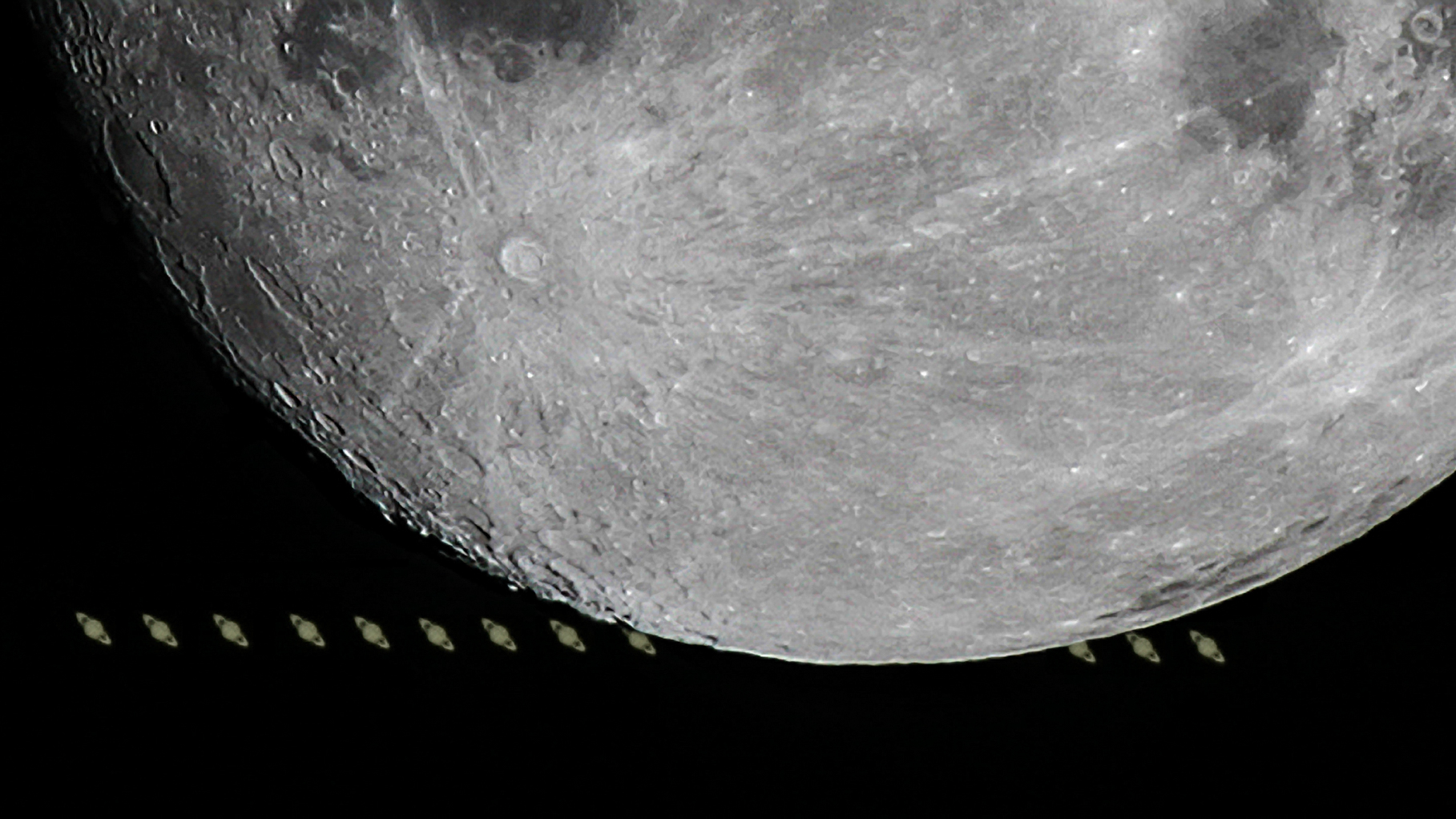
The new year for astrophotographers promises much, with the prospect of more bright, southerly Northern Lights as the sun settles into its “solar maximum” period. Will we see them in January? If we do, let’s hope they begin soon because tonight's New Moon means dark skies for the first 10 nights of 2025.
However, with Venus entering a new phase and Mars brightening to its annual opposition – and with plenty of occultations of planets by the moon – astrophotographers will likely get distracted by the solar system. So, here’s everything you need to know about astrophotography in January 2025…
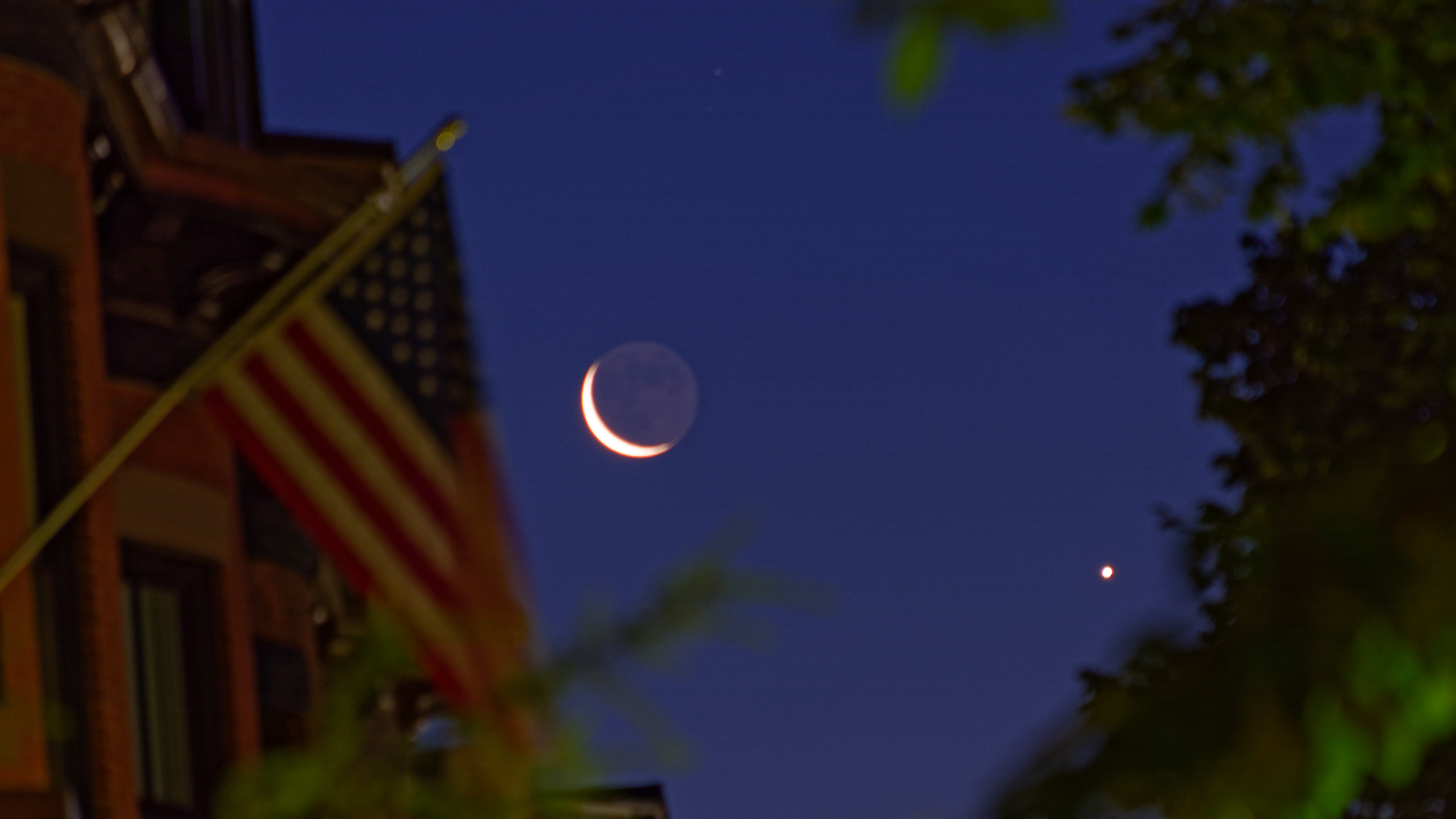
Friday January 03: Conjunction of the Moon and Venus
Start the month with a classic astro-landscape shot: a delicate crescent moon – showing "planet-shine" on its dark limb – curling up next to a bright planet. This month it's Venus, which is now shining very brightly as it approaches its closest to Earth next month. You'll also see Saturn above the duo.
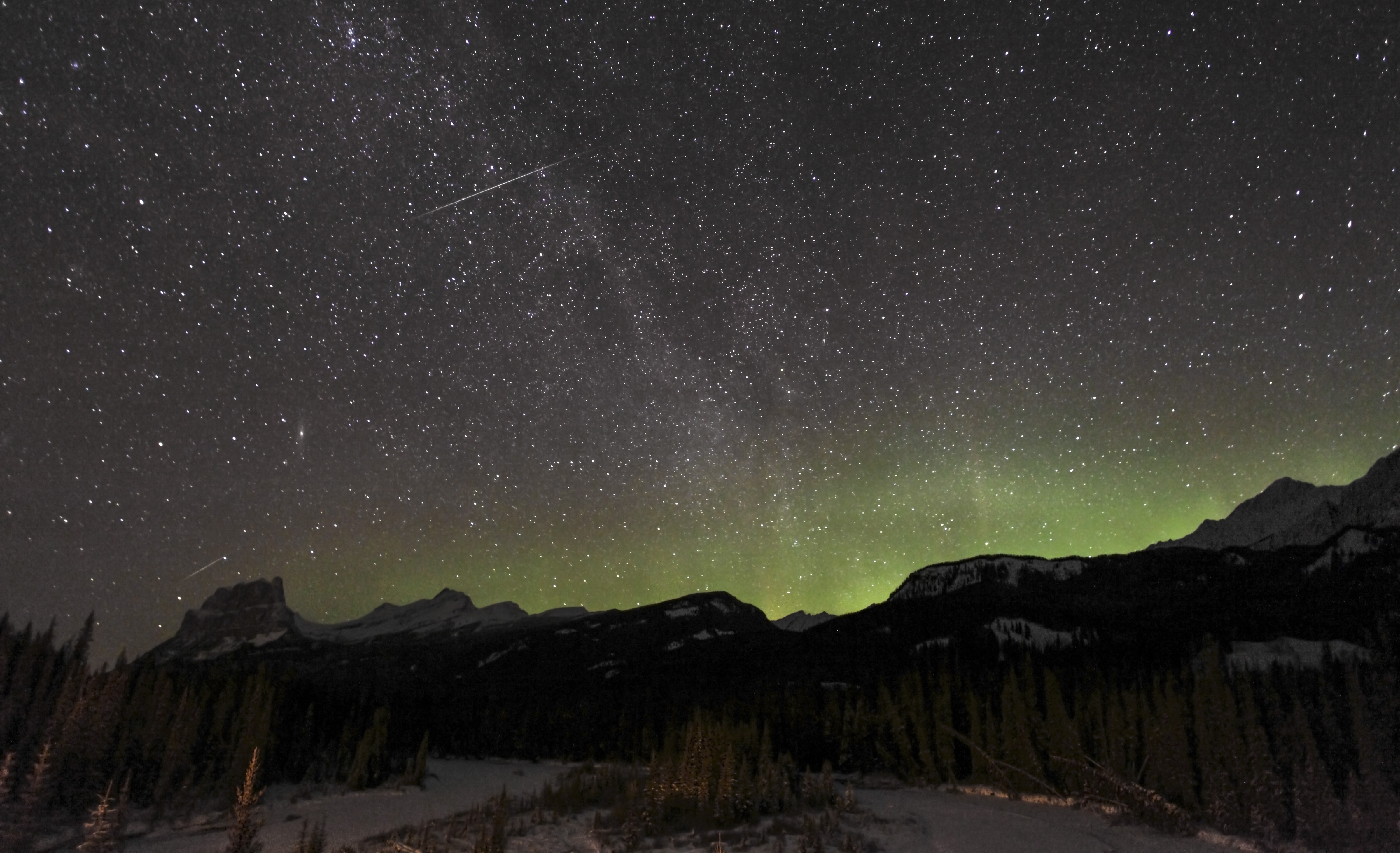
Friday January 03: Quadrantid meteor shower
Astrophotographers tend to obsess about August's Perseids meteor shower, forgetting that there are equally prolific showers throughout the year. One example is the Quadrantids, which may bring around 120 “shooting stars” per hour during tonight's peak.
The result of a rock comet, the Quadrantids are known for their fireballs – ultra-bright meteors – so even if you live in a light-polluted city, it's worth leaving a camera outside on a tripod to take a series of long exposures. You might just catch something spectacular! Check out our guide on how to photograph a meteor shower to get it right.

Saturday January 04: Occultation of Saturn
Europeans will be able to see the ringed planet slip behind a bright crescent moon tonight. From London, Saturn will disappear at 17:21 GMT in the southern sky and reappear at 18:32 GMT, according to In-The-Sky.org. The two solar system objects from North America will appear to be very close.
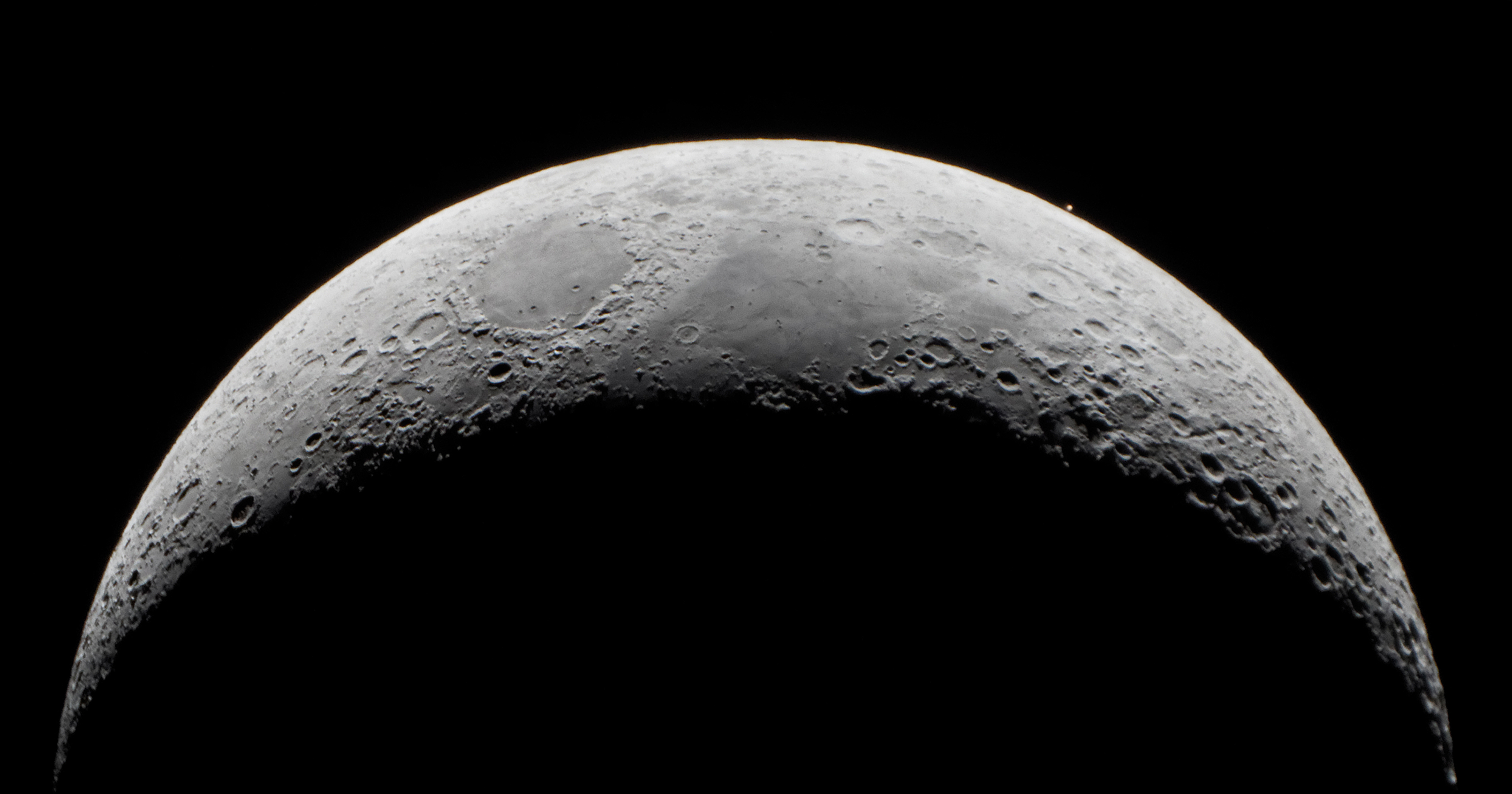
Monday-Tuesday, January 13-14: A ‘full Wolf Moon’ occults Mars
It's the full moon tonight so, wherever you are in the world, get yourself and your camera to a location where you can see low to the eastern horizon and capture the orangey full moonrise. Mars will shine brightly above the moon and, if you're in North America, you'll see the red planet disappear behind the moon for about an hour between 20:44 EST on January 13 and 00:52 EST on January 14, according to In-The-Sky.org. Find out how to photograph the full moon here.
Wednesday January 15: Mars at opposition
Everyone knows Mars is the Red Planet, but how often does it appear red to the naked eye? Only when it's close to its opposition, when Mars aligns with Earth in the sun and, crucially, gets closer to Earth than at any other time.
Mars at opposition happens once every 26 months, and it's happening tonight. It's the perfect night to train a telescope and a planetary camera on Mars – though, practically speaking, any night this month is okay. Quirks in elliptical orbits mean that Mars is brightest in the Earth's sky a few days before opposition.
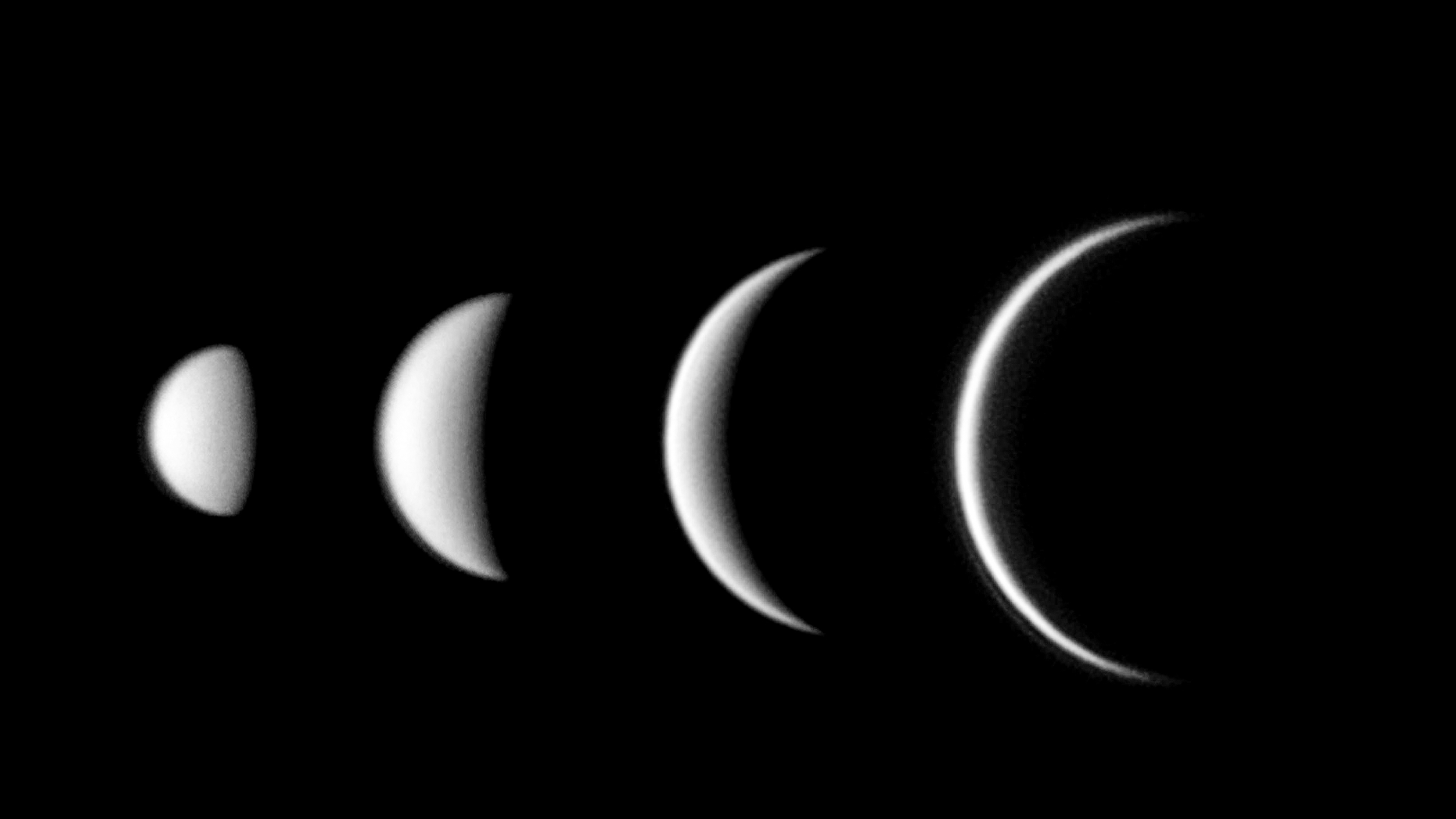
Saturday January 18: Conjunction of Venus And Saturn
Although the second planet from the sun will outshine the sixth, here's another pretty conjunction to capture in the southwest in the post-sunset night sky. Venus will shine at a magnitude of -4.4, while Saturn will be at a magnitude of 1.1. The conjunction will peak this evening but can be watched for a few evenings before and after as the two planets approach each other and rapidly separate.
Astrophotography shot of the month: Venus at dichotomy
This month, Venus reaches its half-lit phase, known as a dichotomy, making it a prime target for astrophotographers. The prize is to capture a time-lapse of its growing crescent. After sunset, look southwest around January 11 to capture Venus 50%-illuminated.
In the days after it will be reduced each night, with just 39% visible at the month's end and a mere 23% as it reaches its highest in the post-sunset sky on February 23. As it shrinks in terms of how much it is lit by the sun, it also grows in brightness because it's getting much closer to Earth. By the end of February, as it begins to sink from view, it will be barely 15%-illuminated.
According to award-winning astrophotographer Martin Lewis, an excellent way to capture the crescent Venus is to use digital video camera frames.
You might also like…
Find out when to photograph the moon and learn how to make a time-lapse. And make sure that you're using the best camera for astrophotography paired with the best lenses for astrophotography.







